Traditions are interesting things. Most of us feel that we have them and live by them, but in reality, they don’t rule or control our lives, and Amish traditions are fascinating. Today, I’m going to be talking about the Lancaster County carriage and antique auction, I visit it, and it was amazing.
The only real tradition my family and I follow is my incessant need to travel. I’m not sure if that is even considered a real tradition. Plus, I’ll also top it off that I have added educational travel to our roster of traditions every year. So, as you can see, traditions are not too high on our day-to-day list. And trust me, I have tried over and over to instill traditions, but when I’m not really sure of what traditions to instill, this never really took off the ground.
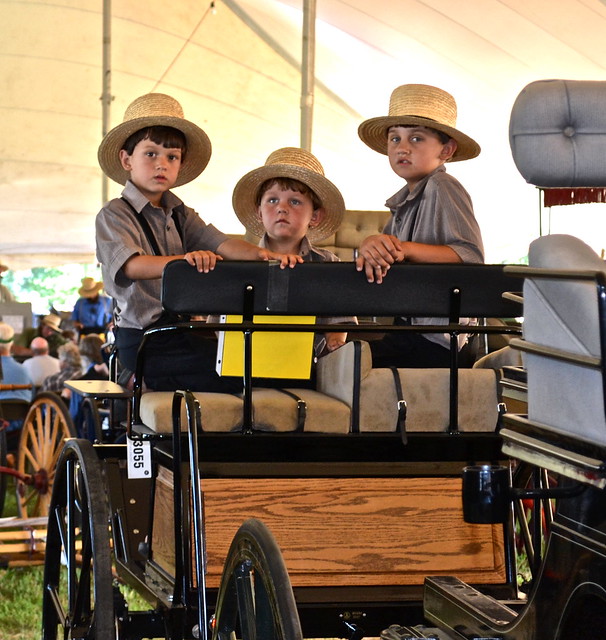
So traveling to a place where traditions are the most important aspect of life, was one of the most educational and eye-opening trips my family had yet taken!
Lancaster County Carriage and Antique Auction
Amish Auction
The greatest highlight of our trip was to be a part of the annual Lancaster County Carriage & Antique Auction usually at the end of June every year. And a must – MUST – visit if you are visiting the area during this time of the year.
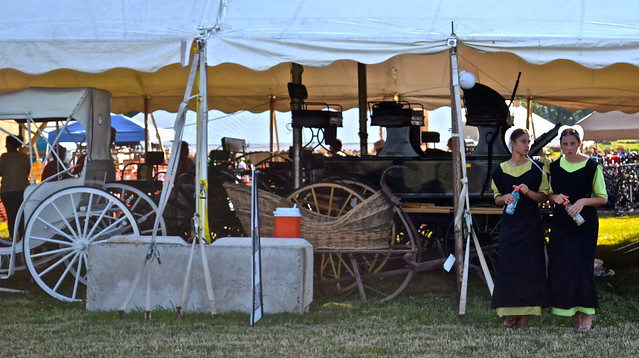
Related Read: Amish Auction
People from all over the United States travel here every year to buy Amish goods.
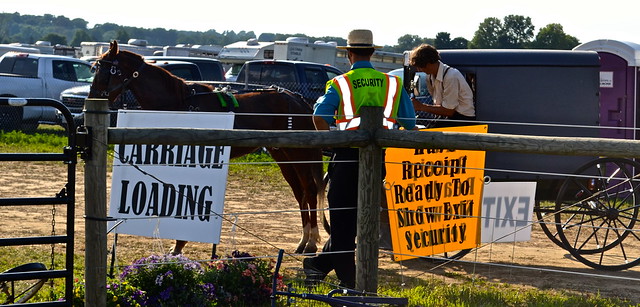
Handmade and carved carriages – these will make Cinderella’s carriage look like a piece of scrapped metal.
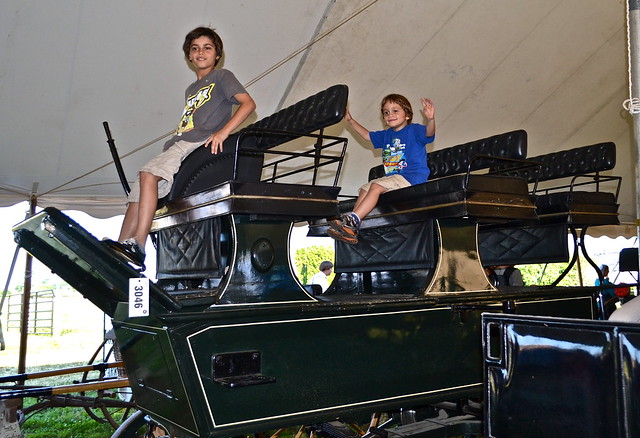
Sleds – yes they still exist, much to my amazement and surprise. I think Santa shops here as well.
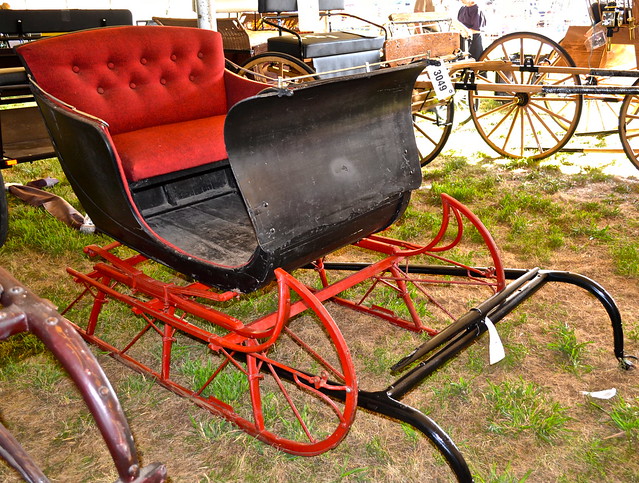
Auction fun – I don’t know about you, but I’ve never participated in any kind of auction, and seeing the Amish do it in two different languages (Dutch-German and English) was fascinating and way too quick for me to follow.
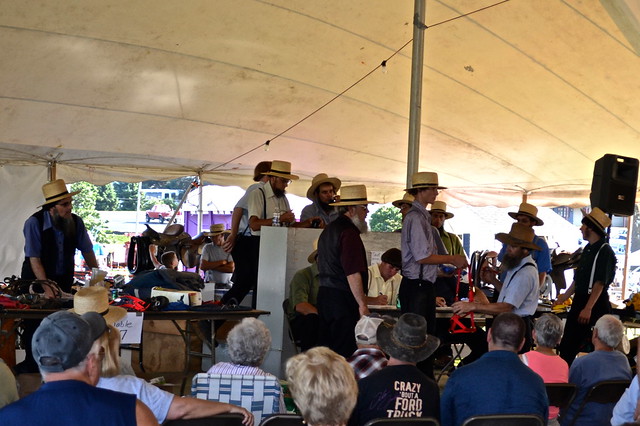
Quilts – the Amish are world re-known for their handmade Quilts and they are beyond words. Each one is unique like a fingerprint with its own character and vibrance.
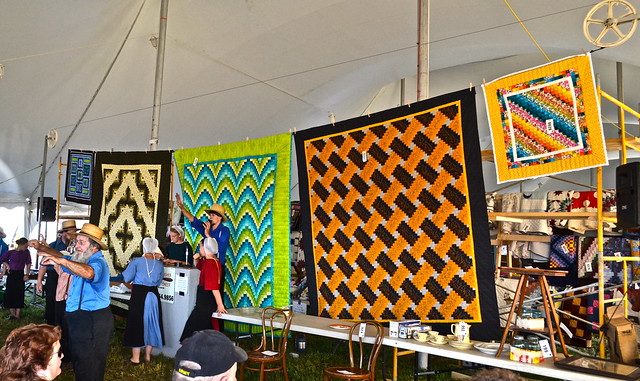
Antiques of all shapes and sizes – I’m not an Antique connoisseur, but apparently, this auction is known internationally for secret treasure finds.
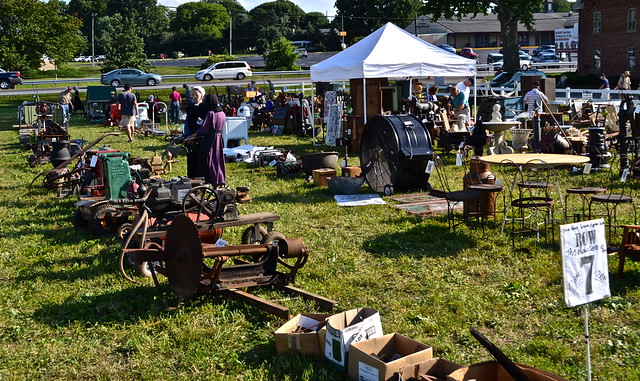
Haystack Buffet – Amish Style – this was sooooo fun. I would recommend coming here just for this particular reason.
Recommended Post: Amish Cooking
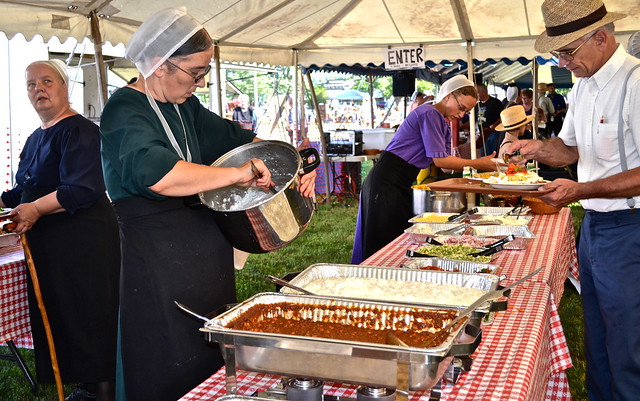
You can mingle with the Amish
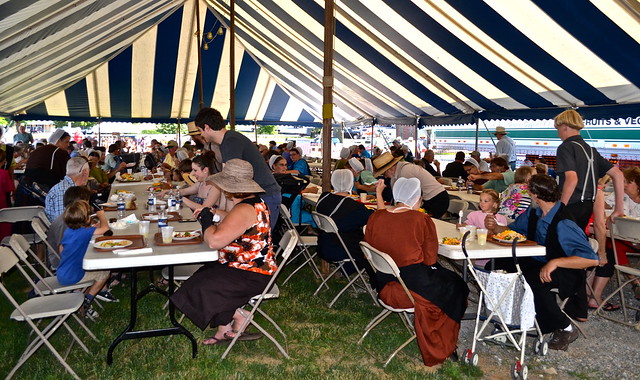
Pile on the food – the reason for the ‘Haystack’ name in the buffet, is because you put the food on as though it was a haystack. Super fun.

And if you’re not up for the buffet which had salads, sweet Chile, and more – no worries, there are plenty of food stands to choose from.
Learning About Amish Traditions
To fully understand the Amish people it is best to dive into their history which is rich in traditions, religious beliefs, and family life. Plus, simplicity beyond any simplicity we are used to these days and a true humble experience.
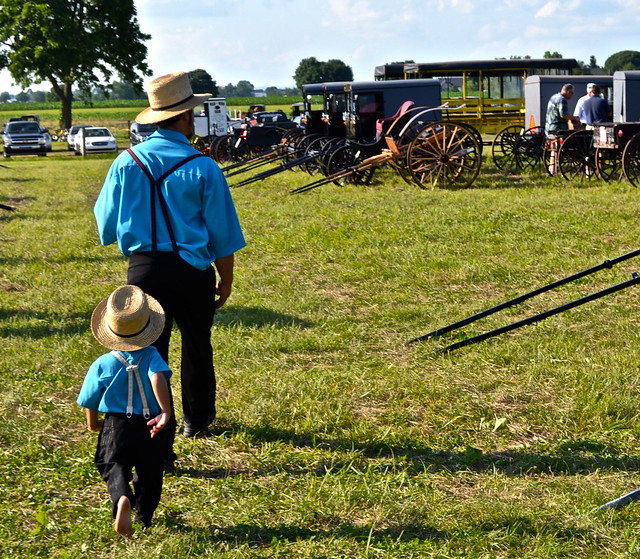
Recommended Post: Lancaster County Amish Experience
History of the Amish in Lancaster
-
The Amish movement was founded in Europe by Jacob Amman (~1644 to ~1720).
-
It started as a reform group within the Mennonite movement.
-
The beliefs and practices of the Amish were based on the writings of the founder of the Mennonite faith, Menno Simons (1496-1561).
-
The Amish who split from Mennonites generally lived in Switzerland and in the southern Rhine River region.
-
Some Amish migrated to the United States, starting in the early 18th century.
-
A 1972 Supreme Court (Wisconsin V. Yoder) ruling deemed that Amish families weren’t required to educate their children past the 8th grade, and were protected under the freedom of religion clause.
-
Most Amish communities that were established in North America did not retain their Amish identity. The original split that resulted in the loss of identity occurred in the 1860s.
-
They initially settled in Pennsylvania. Other waves of immigrants became established in New York, Illinois, Indiana, Iowa, Missouri Ohio, and other states.
-
The United States Internal Revenue Service agreed in 1961 that they did not need to pay Social Security-related taxes. In 1965, this policy was codified into law
Fun Facts of the Amish
-
The Amish are a group of traditionalist Christian church fellowships
-
They are known for simple living, plain dress, and reluctance to adopt many conveniences of modern technology.
-
The most traditional descendants of the Amish continue to speak Pennsylvania German.
-
As of 2000, over 165,000 Old Order Amish lived in the United States.
-
The Amish movement takes its name from Jakob Ammann
-
There are two key concepts that they follow: 1) rejection to Hochmut (pride or arrogance) and; 2) the high value of Demut (humility).
-
Bearing children, raising them, and socializing with neighbors and relatives are the greatest functions of the Amish family. All Amish believe large families are a blessing from God.
-
The largest Amish settlements are in Holmes County in central Ohio and Lancaster County in south-eastern Pennsylvania.
-
The Amish do not usually educate their children past the eighth grade. They think that the basic knowledge offered up to that point is sufficient to live the Amish lifestyle. They also run their own schools.
-
Amish church membership begins with baptism, usually between the ages of 16 and 25.
-
The Ordnung (order) is the set of rules for each Amish community. It contains both religious and civil rules.
-
Each community has one Bishop, two ministers and a deacon all of whom are male.
-
The Amish believe in living a life separated from the non-Amish.
-
Funerals are held in the home of the dead and coffins are plain – handmade by the community.
-
Belts, gloves, ties, sneakers are banned.
-
Married men must grow their beards whilst mustaches are forbidden.
-
Amish women cannot wear patterned clothing or jewelry and they are not permitted to cut their hair.
-
Because most Amish descend from the families of the 200 founders from the 18th century, they have a much higher rate of genetic disorders due to inbreeding.
-
The Amish have suicide rates that are far lower (one third) the rate of non-religious people and 50% lower than other religious people.
-
Only married men who are members of the local church district are eligible for a ministerial position.
Lancaster County in Pennsylvania is also extremely rich in history and facts as well.
Related Post: Amish Country
History of Lancaster County
-
Indigenous Tribes had occupied the areas along the waterways for thousands of years and established varying cultures.
-
Right after settlers started to arrive at the area, conflict over the territory started and lasted until the late 18th century.
-
Originally called Hickory Town, the city was renamed after the English town of Lancaster by native John Wright.
-
Lancaster was part of the 1681 Penn’s Woods Charter of William Penn.
-
The first sizable group of Amish arrived in Lancaster County in the 1720′s or 1730′s.
-
Lancaster County was part of Chester County, Pennsylvania until May 10, 1729, when it became the fourth county in the state.
-
Scotch-Irish settlers from Pennsylvania began moving into this upstate region in the 1750s.
-
During the American Revolution, it was briefly the capital of the colonies on September 27, 1777.
-
In 1780 Col Buford was defeated by the British after the fall of Charles Town. There is a site with memorials to those who died in the Revolutionary War in Lancaster.
-
The county was formally formed in 1785, and it was originally part of the Camden District.
-
The Lancaster County Courthouse was designed by Robert Mills in 1825-1828.
-
Since 1960, the Amish population in Lancaster County has almost tripled.
-
The Lancaster County Seal is unique because it is different from most official seals in other governing bodies. It was designed by Joseph Croxton in 1973.
Fun Facts to Know About Lancaster
-
Lancaster County was named after the city of Lancaster in the county of Lancashire in England.
-
It is often called The Dutch Country.
-
This county is popular among travelers for its Amish community.
-
Today there are over 25 different Amish, Mennonite, and Brethren church groups in Lancaster County, all holding to slightly different traditions and their own interpretations of the Bible.
-
The farmlands of the Pennsylvania Dutch Country are among the most productive in the nation.
-
The Amish are very devout in their faith. They believe in the literal interpretation and application of Scripture as the Word of God.
-
They do not permit electricity or telephones in their homes. By restricting access to television, radio, and telephones, the Amish are better able to keep the modern world from intruding into their home life.
-
The Amish have a strong sense of community spirit, and often come to the aid of those in need.
-
There is no single governing body for the entire Old Order Amish population in the U.S.; rather, each church district decides for itself what it will and will not accept.
Amish Traditions, Lancaster County – Educational Travel
The post Amish Traditions: Lancaster County Carriage and Antique Auction appeared first on Travel Experta - Travel, Lifestyle, Freedom.
------------------------------------------
By: Marina 'Travel Experta'
Title: Amish Traditions: Lancaster County Carriage and Antique Auction
Sourced From: travelexperta.com/amish-traditions-lancaster-county-carriage-antique-auction/
Published Date: Wed, 29 Mar 2023 11:00:25 +0000
Did you miss our previous article...
https://consumernewsnetwork.com/travel-news/7-best-dubai-hostels-for-solo-and-budget-travelers-in-2020






